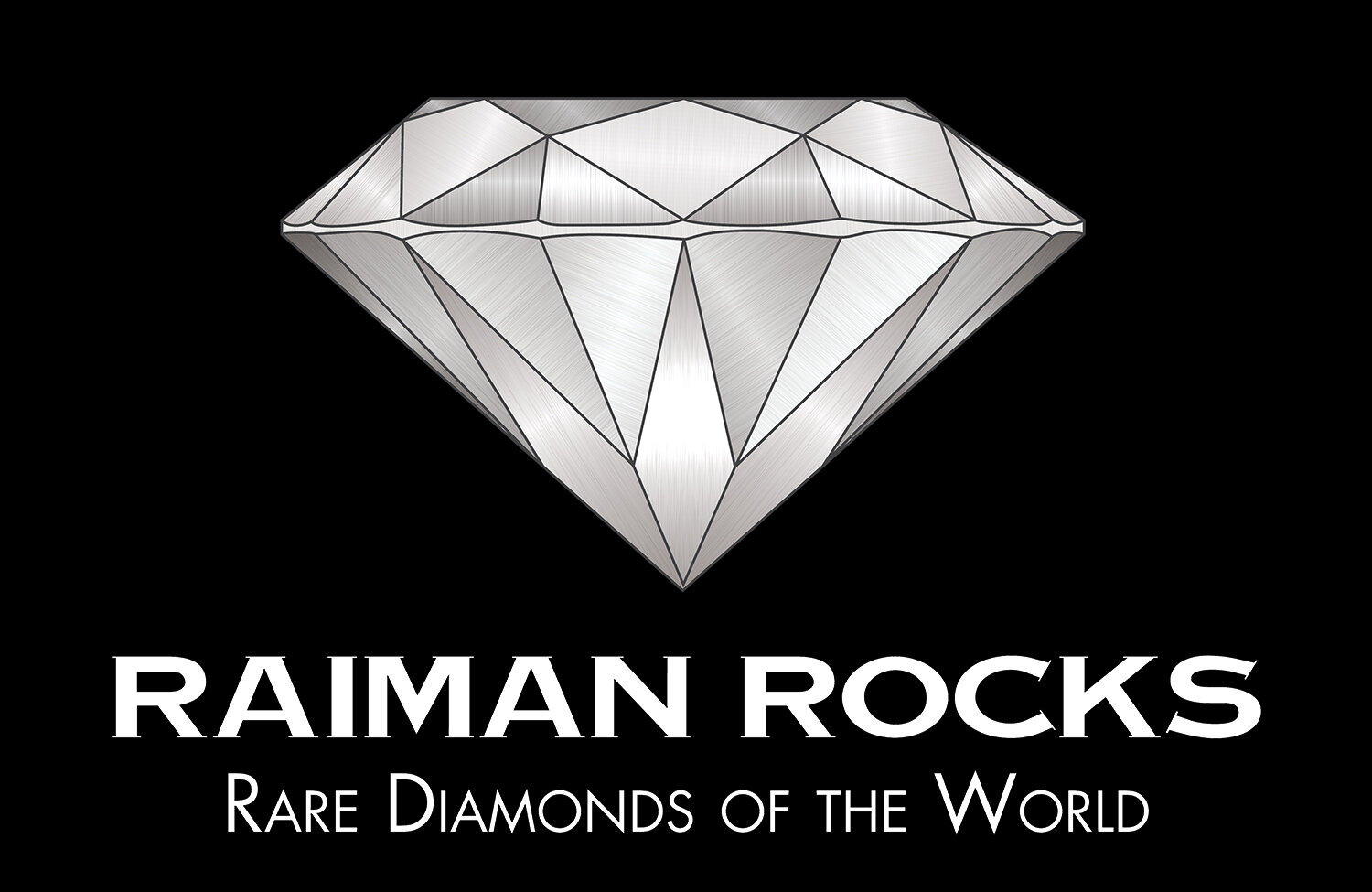How Diamonds Are Created?
THE CHEMISTRY OF DIAMONDS
Diamond is the hardest material in the world and it is made from carbon – the most common building block in the world. Crystallization of carbon atoms is a process which occurs only in conditions of extreme temperature and pressure, found at depths of more than 100 – 200 kilometers under the earth’s surface. It takes a diamond between 900 million and 4 billion years to form, which is 25% to 75% of the age of the Earth.
A natural diamond is an octahedron. This is what rough Diamond crystals look like before being faceted.
HOW DIAMONDS ARE FORMED AND HOW THEY REACH THE EARTH’ S SURFACE
When carbon is exposed to extremely high pressure (around 50 kilo bars) and high temperatures (900-1300 degrees Celsius), it crystalizes and forms diamond. These conditions only exist in regions of the lithospheric mantle, called cratons, and sometimes at the sites of meteor strikes. The impact of a meteorite can produce the high temperature and pressure needed for tiny diamonds, known as microdiamonds or nanodiamonds, to form. Some have been known to form in space and then be deposited on Earth by meteorites. Examples of these have been found in Africa and South America. Due to their small size they tend to be less valuable than other diamonds. The majority of diamonds are brought to the Earth’s surface by volcanoes and dispersed by the movement of water or glaciers. Every natural diamond is extremely old, formed long before the age of the dinosaurs.
Diamond-generating volcanoes originate at least 3 times deeper than other volcanoes. When a volcano erupts and magma passes through diamond deposits within the mantle, diamonds can get caught up in the hot soup of molten rocks, which ascends towards the earth’s surface, often at rapid speeds. If the magma is moving too slowly, and the diamond is exposed to the magma for an extended period of time, its crystalline structure can change to form graphite instead.
ALLUVIAL DEPOSIT
When a primary diamond deposit is exposed to surface weathering and erosion over millions of years, the diamonds are transported by rivers and deposited in a new environment such as an ocean floor or riverbed. This is called an alluvial deposit. Diamonds from alluvial mining are usually of the highest quality.
* Text is taken from the book “SHINE LIKE A DIAMOND” by Gall & Galit Raiman
